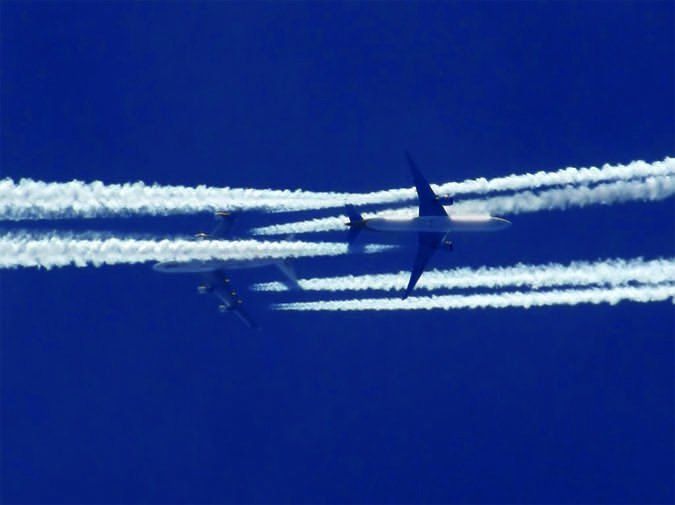It seems to be an arbitrary cutoff, 18,000 feet. However that height was originally chosen, it’s the altitude that defines, at least in U.S. airspace, what we call the flight levels. There are a number of rules that apply to all airplanes flying at and above FL180 but less obvious are some of the real-world considerations protecting you and your passengers as you climb above 18,000 feet—considerations that relate to very real hazards.
In fact, you really should consider many of these hazards when flying at any altitude where supplemental oxygen is required. Yet for a growing number of general aviation pilots who fly in the flight levels, there are no training or experience requirements. What do you really need to know, when you’re in the flight levels?
Mila Daniel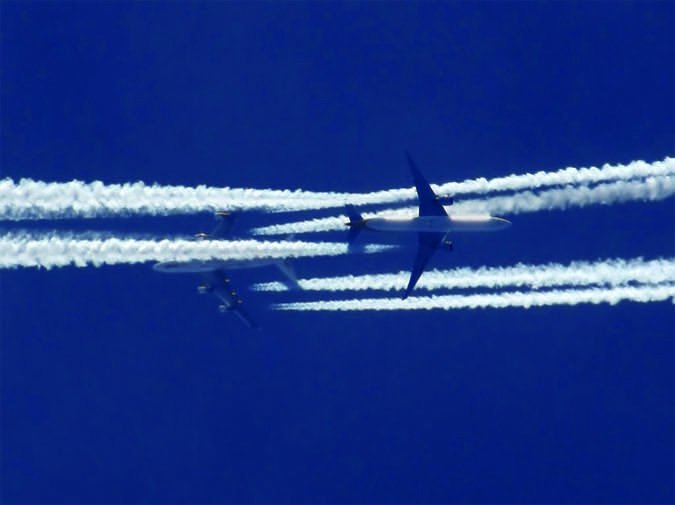
High-Altitude Endorsement
I was instructing in the early 1990s when the FAA put into place the so-called “high-altitude endorsement” of FAR 61.31(g). Pilots of some of the airplanes we taught were required to earn this endorsement if they were not grandfathered in by previous experience. Trouble was, when we asked the FAA what was required to endorse pilots for high-altitude flight, there no answer—the regulation originally did not specify what training that endorsement required. It does now. Even more unexpected, however, was that the only pilots required to take any specialized training at all to fly in the flight levels are those flying an airplane that is both pressurized and certificated to fly above 25,000 feet.
The Beechcraft Duke I was teaching at the time meets both criteria—it’s pressurized and certificated to 30,000 feet. But other airplanes I taught at the time do not meet both criteria. The Beechcraft 58P Baron is pressurized, but its maximum certificated altitude is 25,000 feet—no high-altitude endorsement required. The unpressurized Baron 58TC and single-engine A36TC and B36TC Turbocharged Bonanzas do not meet either criterion, so no endorsement is required. The earlier factory-turbocharged V35TC is certificated to 27,000 feet, but since it is unpressurized, no high-altitude endorsement is required for it either. Same for aftermarket turbocharged Bonanzas: They’re not pressurized, so no endorsement is needed.
Several other popular types then and now—the Cirrus SR22T, Piper’s Seneca II/III/IV/V, any turbocharged Mooney, Cessna’s T210 Turbocharged Centurion are some examples—can easily climb to the flight levels but do not require a high-altitude endorsement. In short, the high-altitude endorsement is defined by the airplane, not the hazardous environment pilots and their passengers will encounter in the flight levels, an environment that arguably is even more hazardous in flight-level-capable, unpressurized airplanes.
For those airplanes and operations that do require the endorsement, it’s important to understand the required training has certain objectives, for good reasons. The overall theme of required high-altitude endorsement training is weather and physiology at high altitude and how to get down in an emergency if needed. Those are good things to know if you fly in the flight levels, whether or not you are required by regulation to formally train for them.
Managing Piston Engines In The Flight Levels
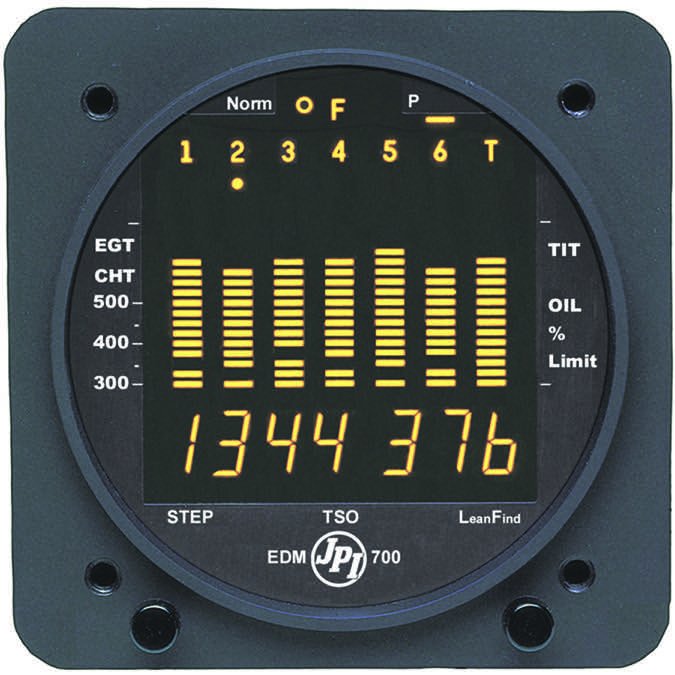
Not only in the flight levels is there insufficient air for you to breathe, there also is less air available for cooling piston engines. Cylinder head temperatures (CHTs) will run hotter in the flight levels. You may have to run a richer mixture, or a far leaner mixture (with the resulting loss of power) to manage CHTs and keep them at acceptable levels. It’s common to have to open cowl flaps at least partially to keep CHTs under control up high. Expect to have to more actively manage engine temperatures when flying in the flight levels.
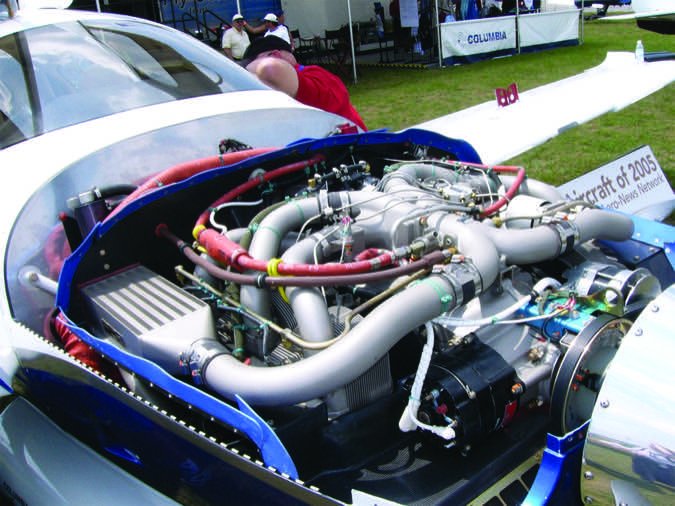
The Continental TSIO-550 at right, installed in a Cessna 400 and captured on display at an air show, sports two intercoolers—one of which is in the lower left—to help cool compressed air as it leaves the turbochargers and before it enters the induction system. This also helps keep CHTs low. The J.P. Instruments EDM-700 engine monitor at the top shows an engine’s #2 cylinder’s CHT is 376 degrees F, which is too hot for our tastes. All other CHTs on the instrument show similar or higher values.
High-Altitude Weather
The basic aviation weather hazards—thunderstorms, icing, turbulence and reduced visibility—are present in the flight levels just as they are at lower altitudes. They just manifest themselves differently, thanks to colder ambient air temperatures, generally higher wind velocities and reduced pressure.
Of those basic hazards, reduced visibility usually isn’t really too much of a problem since, by definition, the Class A airspace existing in the flight levels requires all pilots to be instrument-rated and current, and all operations to be flown under IFR. There is one big disadvantage of reduced visibility even in the flight levels, though: the inability to see and avoid other weather hazards. That’s important if you, like us, take the position that the only real way to stay out of thunderstorms—at any altitude—is to remain in VMC at all times.
Thunderstorms are an extreme hazard regardless of altitude. As is the case down low, the big danger of thunderstorms is what lurks inside or near towering cumulus clouds—hail, icing and extreme turbulence. These days, most IFR pilots have some sort of weather radar data available in the cockpit. Even with the latest weather radar display technology, however, best results come from visual avoidance.
Ice is a constant hazard in the flight levels. Especially in towering cumulus, ice accumulation can be sudden and severe. Pilots new to the flight levels may not fully appreciate the year-long threat of ice when routinely operating there. For example, pilots may remember the in-flight break-up events that led to temporary grounding of Piper Malibus in the early 1990s. Most eventually were attributed to a simple training gap: failure to activate pitot heat in clouds when in the flight levels. Pitot masts iced over, instrument indications failed and pilots lost control.
Turbulence, too, is a constant threat in the flight levels. In addition to finding it in and near towering cumulus, dangerous turbulence is especially prevalent in wintertime at those altitudes. The jet stream is generally lower in colder months, and strong turbulence is common as much as 10,000 to 15,000 feet beneath the jet stream—right where you’ll be in the lower flight levels.
The U.S. Air Force defines the time of useful consciousness (TUC) as “the period of time from the loss of oxygen supply or exposure to an oxygen-poor environment to the time when deliberate function is lost.” These times vary from person to person and, for each of us, may change from time to time. The chart at right is a list of typical TUC times you can expect. Source: U.S. Air Force.
Altitude Chamber
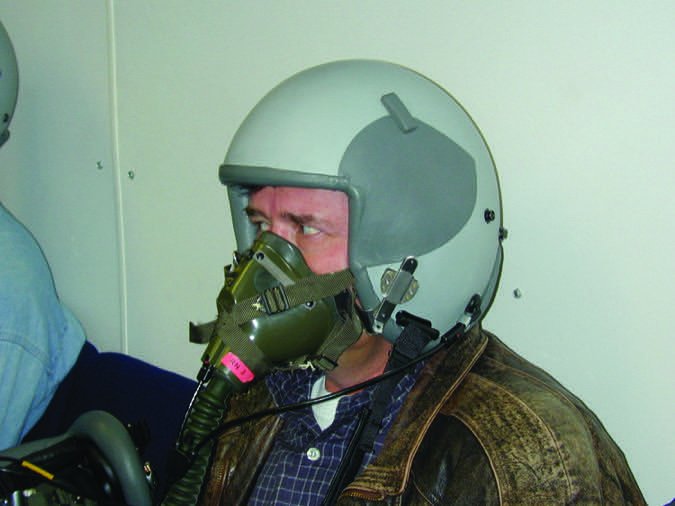
As a flight-levels pilot, it is vital you are able to recognize your personal symptoms of hypoxia. The FAA’s Civil Aviation Medical Institute (CAMI) offers a high-altitude physiology course, including an altitude chamber experience, at its facility in Oklahoma City, Okla. I’ve taken this training and found it to be informative and eye-opening.
To learn more about the CAMI program, visit www.faa.gov/pilots/training/airman_education/aerospace_physiology/ or call 405-954-4837. The facility schedules classes up to three months in advance, and they’re filled on a first-come, first-served basis.
High-Altitude Physiology
Up where less oxygen is available, we need to add supplemental oxygen to remain alert—and alive. Too little oxygen leads to hypoxia that robs our intellect and reduces our ability to perform the fine motor skills tasks needed to command an airplane. In extreme cases—and lack of oxygen in the flight levels is extreme—hypoxia causes sickness, unconsciousness and death.
Hypoxia symptoms vary from one pilot to another. The altitude at which symptom begins to appear is a function of the pilot’s state of health, and the amount of time the pilot is exposed—a pilot’s symptoms will get worse over time at a constant altitude. Essentially, you start off not feeling well, progress to pain or nausea, then get to the point you don’t know or don’t care. The trick is to break the chain before it progresses too far—monitor your oxygen state with a pulse oximeter and the watchful eye of a second trained person on board. In fact, I hesitate to fly an unpressurized airplane alone in the flight levels for lack of this vital monitor.
As the table on the previous page demonstrates, a small increase in altitude makes a big difference. Lest you think a pressurized airplane protects you completely, the FAA tells us the time of useful consciousness is cut in half in the event of a rapid decompression, since air is suddenly forced out of the lungs.
Emergency Descent
An emergency descent is a technique to lose as much altitude as quickly as possible within the structural limits of the airplane. From the flight levels, loss of pressurization or supplemental oxygen, or the onset of hypoxic symptoms—as well as a fire or an emergency medical issue—are the primary reasons to perform an emergency descent. The airplane manufacturer usually recommends a technique like this:
Power: IDLE
Landing gear: DOWN
Flaps: (Varies by airplane type)
Airspeed: Descend at VLO
Some recommend rolling into a steep-banked turn to rapidly initiate descent, rolling wings level once established on-speed in a nose-low attitude. Practicing an emergency descent, and seeing the amazing rate of descent safely possible if needed, is a great exercise during transition or proficiency training.
Many airplanes perform very well in the flight levels. In many cases, however, there is no requirement to receive any training to venture that high, despite the unique and extreme risks lurking there and even lower, at altitudes where supplemental oxygen is required. Use the FAA’s high-altitude endorsement guidelines to protect yourself and your passengers, even if (and perhaps especially if) flying airplanes not requiring it.
Tom Turner is a CFII-MEI who frequently writes and lectures on aviation safety.

